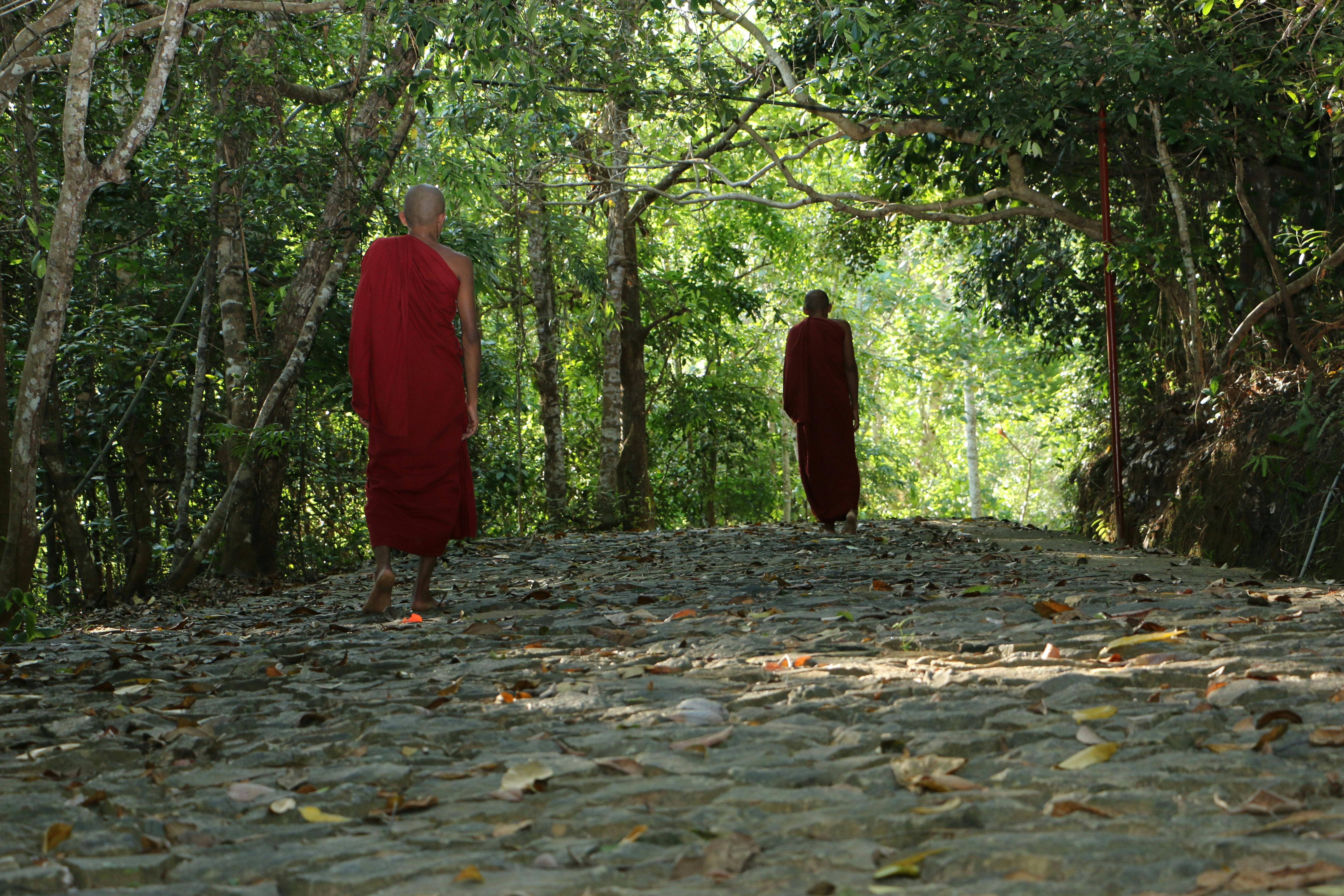

The term Mahāyāna (which had earlier been used simply as an epithet for Buddhism itself) was therefore adopted at an early date as a synonym for the path and the teachings of the bodhisattvas. 2nd–3rd century CE, GandhāraĪccording to Jan Nattier, the term Mahāyāna ("Great Vehicle") was originally an honorary synonym for Bodhisattvayāna (" Bodhisattva Vehicle"), the vehicle of a bodhisattva seeking buddhahood for the benefit of all sentient beings. Etymology Original Sanskrit Mahāyāna Buddhist triad, including Bodhisattva Maitreya, the Buddha, and Bodhisattva Avalokiteśvara. Īs of 2010, the Mahāyāna tradition was the largest major tradition of Buddhism, with 53% of Buddhists belonging to East Asian Mahāyāna and 6% to Vajrayāna, compared to 36% to Theravada. It remains influential today in China ( Tibet), Mongolia, Hong Kong, Korea, Japan, Singapore, Vietnam, the Philippines, Nepal, Malaysia, Taiwan, and Bhutan. In the course of its history, Mahāyāna Buddhism spread throughout South Asia, Central Asia, East Asia, and Southeast Asia. Large scholastic centers associated with Mahāyāna such as Nalanda and Vikramashila thrived between the 7th and 12th centuries.

While initially a small movement in India, Mahāyāna eventually grew to become an influential force in Indian Buddhism. Mahāyāna Buddhist philosophy also promotes unique theories, such as the Madhyamaka theory of emptiness ( śūnyatā), the Vijñānavāda doctrine, and the Buddha-nature teaching. Mahāyāna also includes numerous Buddhas and bodhisattvas that are not found in Theravada (such as Amitābha and Vairocana). Mahāyāna Buddhism generally sees the goal of becoming a Buddha through the bodhisattva path as being available to all and sees the state of the arhat as incomplete. Mahāyāna also refers to the path of the bodhisattva striving to become a fully awakened Buddha for the benefit of all sentient beings, and is thus also called the "Bodhisattva Vehicle" ( Bodhisattvayāna). Vajrayāna or Mantra traditions are a subset of Mahāyāna which makes use of numerous tantric methods Vajrayānists consider to help achieve Buddhahood. These include the Mahāyāna sūtras and their emphasis on the bodhisattva path and Prajñāpāramitā. Mahāyāna accepts the main scriptures and teachings of early Buddhism but also recognizes various doctrines and texts that are not accepted by Theravada Buddhism as original. It is considered one of the three main existing branches of Buddhism, the others being Theravāda and Vajrayāna.

'Great Vehicle') is a term for a broad group of Buddhist traditions, texts, philosophies, and practices developed in ancient India ( c.


 0 kommentar(er)
0 kommentar(er)
